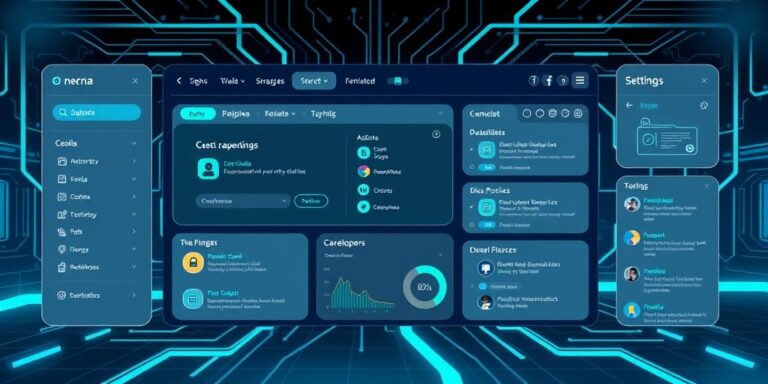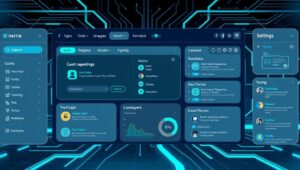The Rise of Internal Developer Portals (2026)
In the fast-evolving landscape of software development, efficiency and streamlined workflows are paramount. As we move into 2026, the Internal Developer Portal (IDP) has emerged as a pivotal solution for organizations aiming to optimize their development processes.
What is an Internal Developer Portal?
An Internal Developer Portal is a centralized platform designed to provide developers with a single pane of glass for accessing all the tools, resources, and information they need to build, deploy, and manage applications. It abstracts away the complexities of the underlying infrastructure, allowing developers to focus on writing code and delivering value.
Key Benefits of IDPs
- Increased Developer Productivity: By providing self-service access to essential tools and resources, IDPs reduce the time developers spend on non-coding tasks.
- Improved Operational Efficiency: IDPs automate many of the manual processes associated with software development, freeing up operations teams to focus on more strategic initiatives.
- Enhanced Governance and Compliance: IDPs enforce standardized processes and policies, ensuring that all applications are built and deployed in compliance with organizational requirements.
- Reduced Cognitive Load: Centralizing information and tools in a single portal reduces the cognitive load on developers, making it easier for them to find what they need and stay focused on their work.
Core Features of a Modern IDP
- Self-Service Tooling: IDPs offer self-service access to a wide range of tools, including infrastructure provisioning, CI/CD pipelines, and monitoring dashboards.
- Centralized Knowledge Base: A comprehensive knowledge base provides developers with access to documentation, tutorials, and best practices.
- Automated Workflows: IDPs automate many of the manual processes associated with software development, such as code reviews, testing, and deployment.
- Role-Based Access Control: Role-based access control ensures that developers only have access to the tools and resources they need.
- Integration with Existing Tools: IDPs integrate with a wide range of existing development tools, such as Git, Jenkins, and Kubernetes.
The Future of IDPs
Looking ahead, IDPs are poised to become even more sophisticated and integrated into the software development lifecycle. We can expect to see:
- AI-Powered Assistance: AI-powered assistants that can provide developers with personalized recommendations and guidance.
- Integration with Low-Code/No-Code Platforms: Seamless integration with low-code/no-code platforms, enabling citizen developers to contribute to the development process.
- Enhanced Collaboration Features: Improved collaboration features that make it easier for developers to work together on projects.
Conclusion
The rise of Internal Developer Portals represents a significant shift in how software is developed and delivered. By providing developers with a centralized, self-service platform, IDPs are helping organizations to increase productivity, improve efficiency, and enhance governance. As we move further into 2026, IDPs will become an increasingly essential tool for any organization looking to stay ahead of the curve in the software development landscape.




